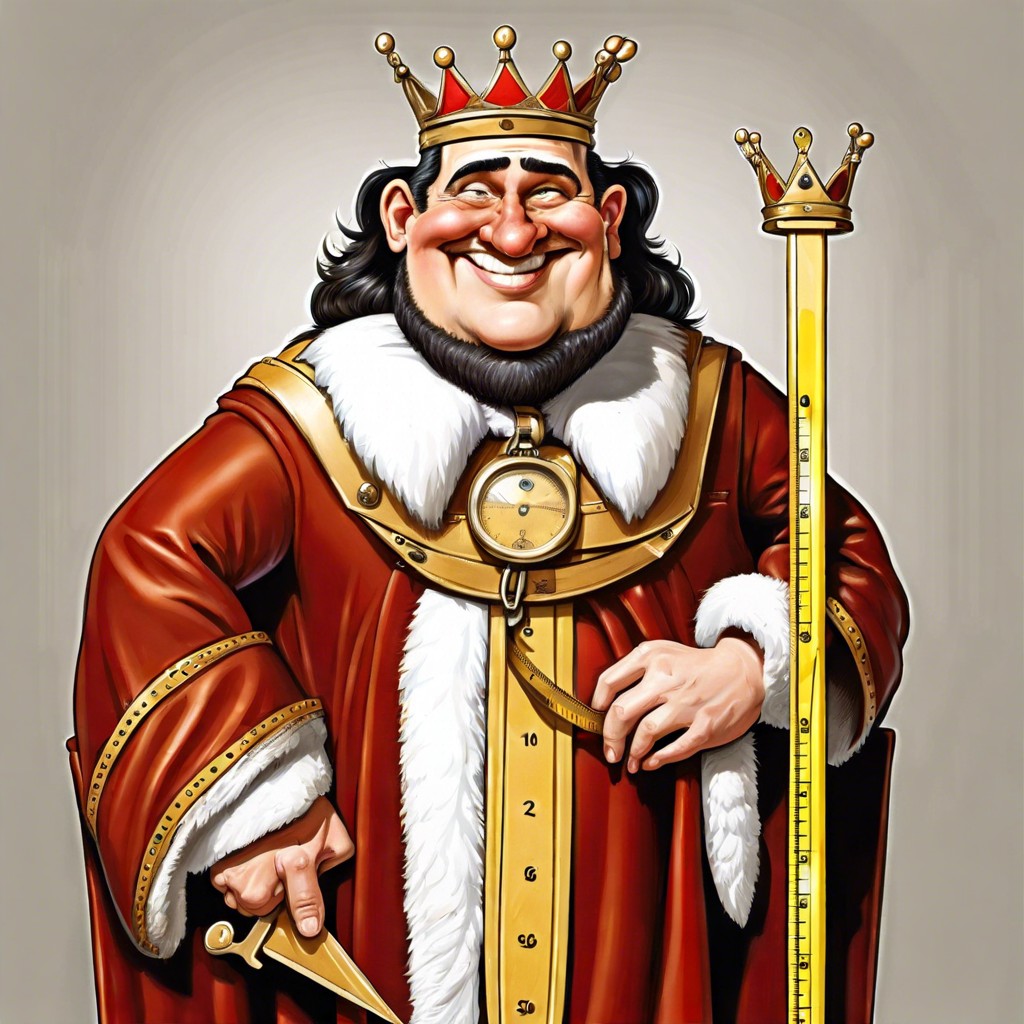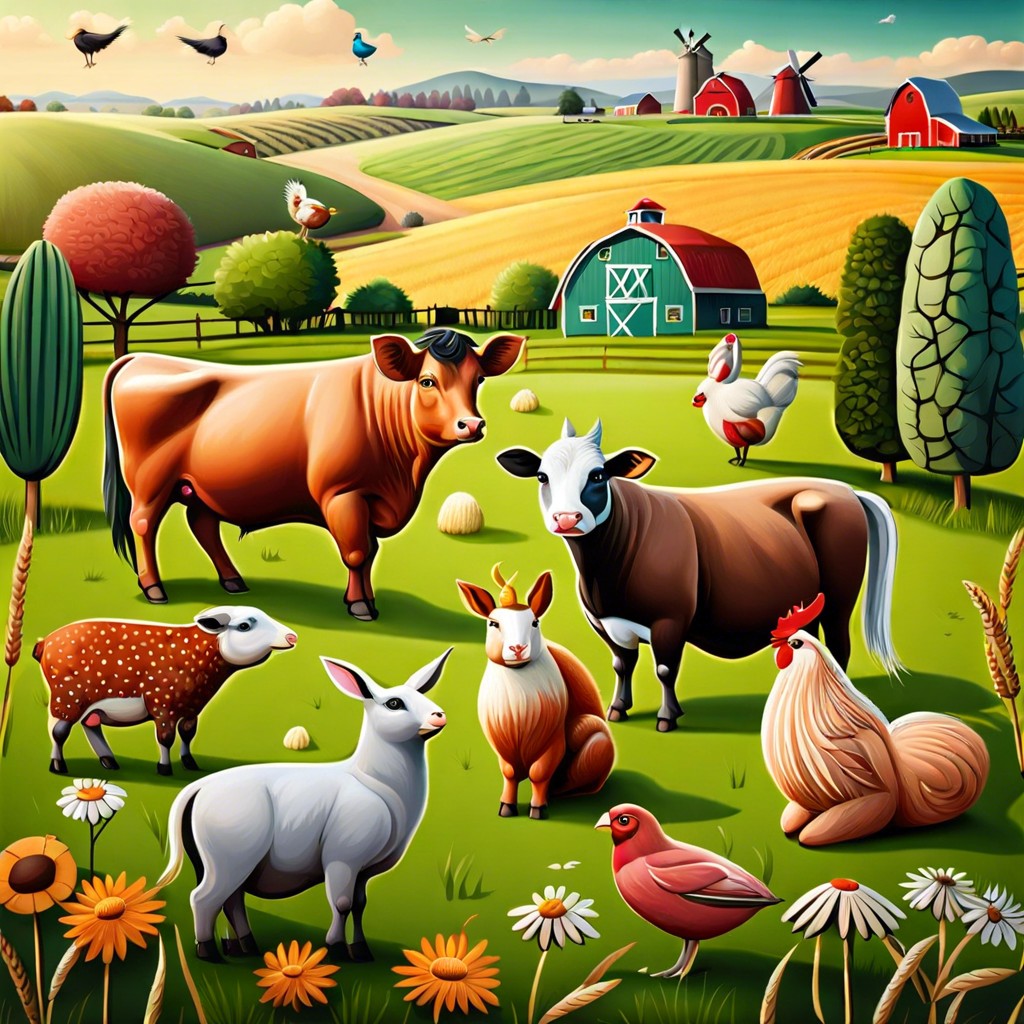In this quick answer guide, you’ll learn the exact dimensions of a teaspoon.
Key takeaways:
- A standard teaspoon holds about 5 milliliters of liquid.
- The metric teaspoon holds exactly 5 milliliters, while the U.S. customary teaspoon holds around 4.93 milliliters.
- Teaspoons are crucial for precision in cooking and baking.
- Accuracy with a teaspoon can make or break a dish.
- Understanding the true capacity of your teaspoon is essential for recipe success.
Standard Teaspoon Size in Milliliters
A typical teaspoon holds about 5 milliliters of liquid. This tiny yet mighty utensil serves as a standard measurement in recipes, offering a precise way to measure ingredients like baking powder, vanilla extract, or any potent spice. It’s the unsung hero of the kitchen, ensuring your culinary creations don’t turn into a chef’s nightmare by keeping everything in perfect proportion. Think of it as the spice whisperer of your kitchen drawer, quietly making sure a little goes a long way!
Comparison of Metric Teaspoon and U.S. Customary Teaspoon
Navigating the world of teaspoons across the pond reveals some intriguing slight discrepancies. The metric teaspoon, used globally, holds exactly 5 milliliters of a substance. On the other side, the U.S. customary teaspoon is not much larger, touting a volume of around 4.93 milliliters—just a wink smaller than its metric counterpart.
The variance, albeit small, can mount up in recipes demanding precision, like in baking. Imagine measuring hundreds of teaspoons in one recipe; suddenly, the difference isn’t so trivial! Love it or hate it, this little hiccup in measurement standards does add a dash of excitement to global cooking adventures. Who knew a fraction of a milliliter could stir up such a mix?
Usage of Teaspoon in Cooking
Teaspoons are not just for stirring your tea or measuring medicine—they’re a cornerstone for precision in cooking and baking. When following a recipe, accuracy with a teaspoon can mean the difference between a culinary disaster and a mouthwatering dish. It’s essential for measuring smaller quantities of ingredients like baking powder, spices, or vanilla extract, where even a slight deviation can alter the flavor profile dramatically. In addition, teaspoons are useful for portioning ingredients when you’re aiming for consistency, like adding the same amount of spice to each piece of meat. They are particularly crucial in baking, where exactness is paramount for chemical reactions between ingredients to work correctly. Understanding the true capacity of your teaspoon is critical to recipe success—assume it’s a magic wand in your kitchen spellbook!




